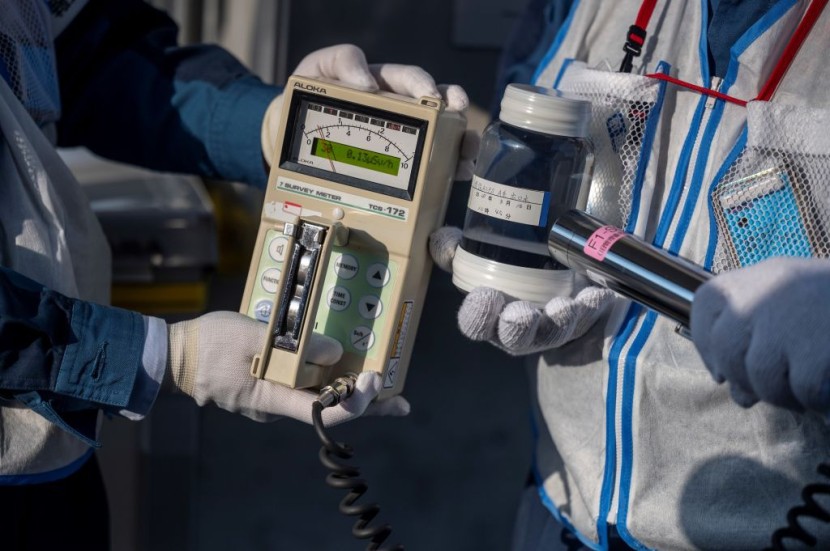On Monday, the Fukushima nuclear plant operator announced that all equipment required to release treated radioactive wastewater from the wrecked plant into the sea had been finished and will be ready for a safety inspection by Japanese regulators this week.
However, the plan is still being opposed both inside and outside of Japan due to safety concerns.
Fukushima Plant Operator's Announcement Sparks Mixed Reactions

Tokyo Electric Power Company Holdings said the final component of an underwater tunnel built to release water offshore has been placed, completing the equipment's construction, which started last August.
According to Nuclear Regulation Authority Chairman Shinichi Yamanaka, who visited the Fukushima Daiichi facility last week, the mandatory safety examination of the equipment will start on Wednesday, as reported by AP News.
A week after the inspection concludes, assuming everything goes according to plan, TEPCO should acquire a safety permit for the release. Although there is no specific date yet, it is anticipated that the treated water will start to be released this summer.
Local fishing organizations have vehemently opposed the plan out of worry for safety and reputational damage. Safety concerns have also been expressed in neighboring nations like South Korea, China, and some Pacific Island countries.
Officials from the government and the utility claim that the wastewater, now kept at the plant in approximately a thousand tanks, needs to be removed to prevent any unintentional leaks in the event of an earthquake and to create a place for the plant's decommissioning.
According to the claims, it will be diluted to safe levels and released gradually into the ocean over several decades, rendering the treated but still marginally radioactive water harmless to humans and marine life.
Some scientists claimed the release of radionuclides should be postponed until the effects of long-term, low-dose exposure are recognized. Others claim the release strategy is secure but need greater transparency, including inviting outside scientists to participate in sampling and release monitoring.
Japan has asked for assistance from the International Atomic Energy Agency to establish confidence and ensure safety procedures adhere to global norms.
Japan's Radioactive Water
The radioactive water is a byproduct of the 2011 Fukushima Daiichi nuclear disaster. It was caused by a tsunami that struck the plant, causing the reactors to melt down and release large amounts of radiation.
The water is stored in tanks at the plant, and it is estimated that there are currently about 1.2 million tons of it. It is contaminated with radioactive isotopes, including tritium, iodine-131, and cesium-137.
The water is treated to remove some of the radioactivity, but it is still considered radioactive. The Japanese government has approved a plan to release the treated water into the Pacific Ocean, but there is some opposition. However, the Japanese government argues that the release is the safest option.
© 2025 HNGN, All rights reserved. Do not reproduce without permission.








